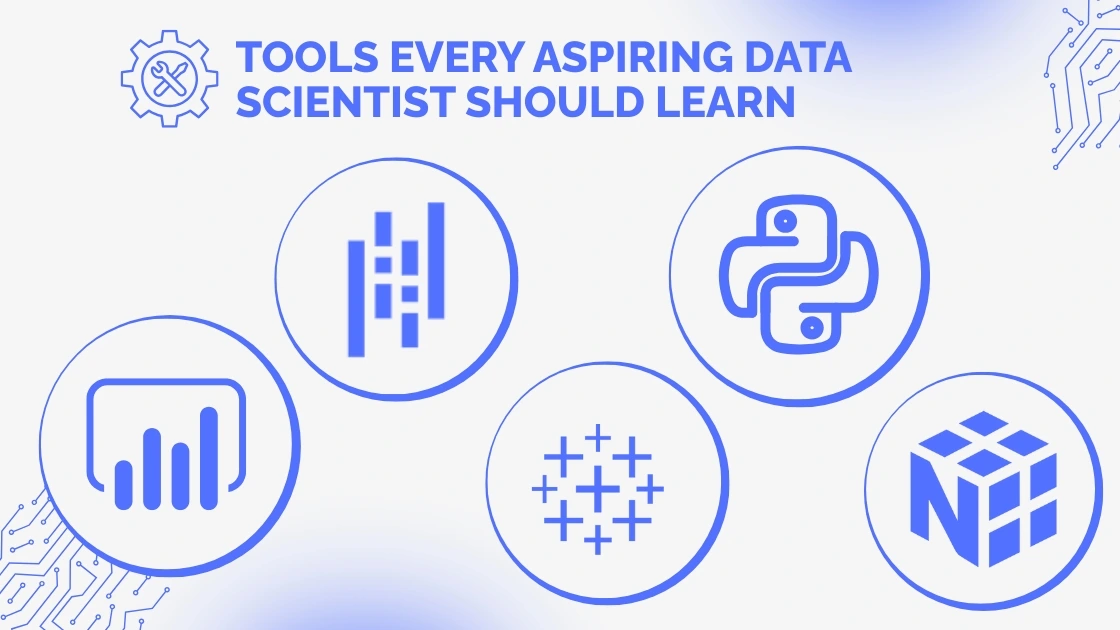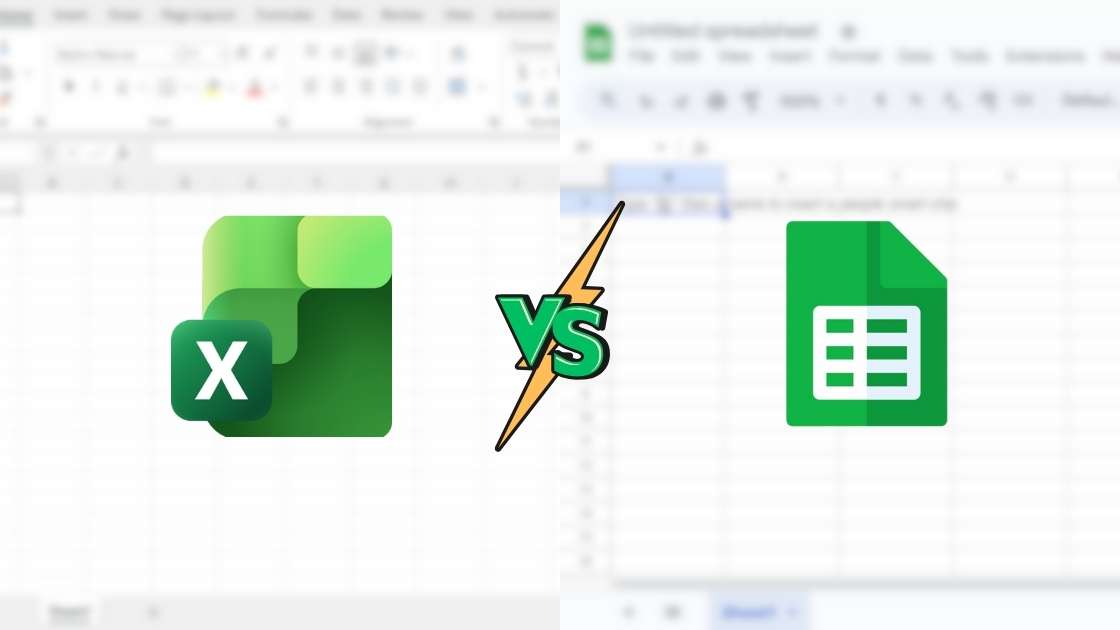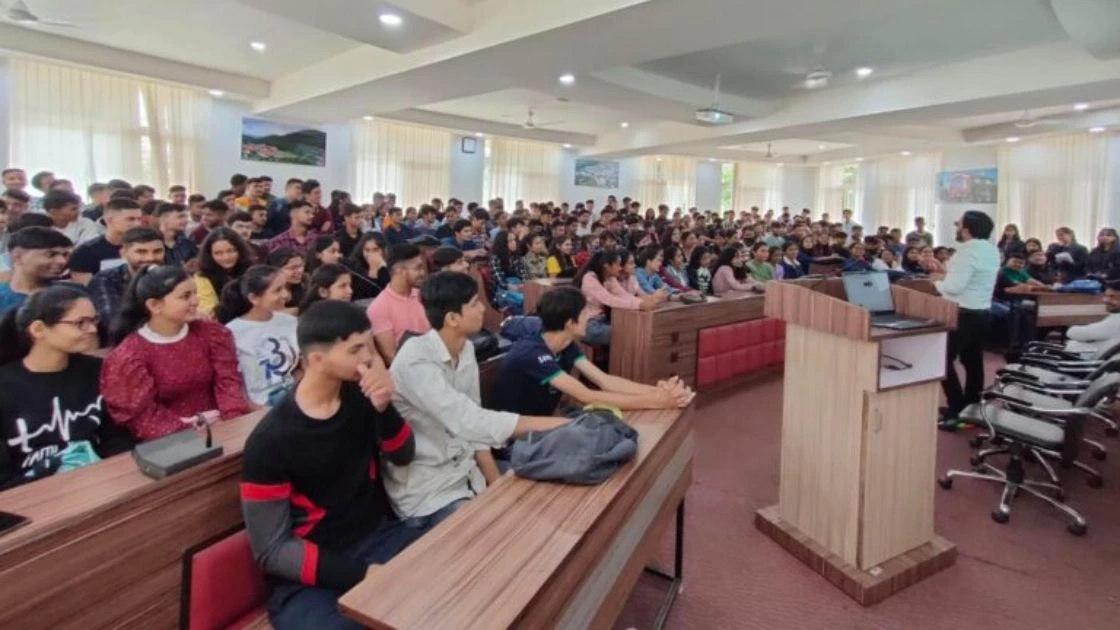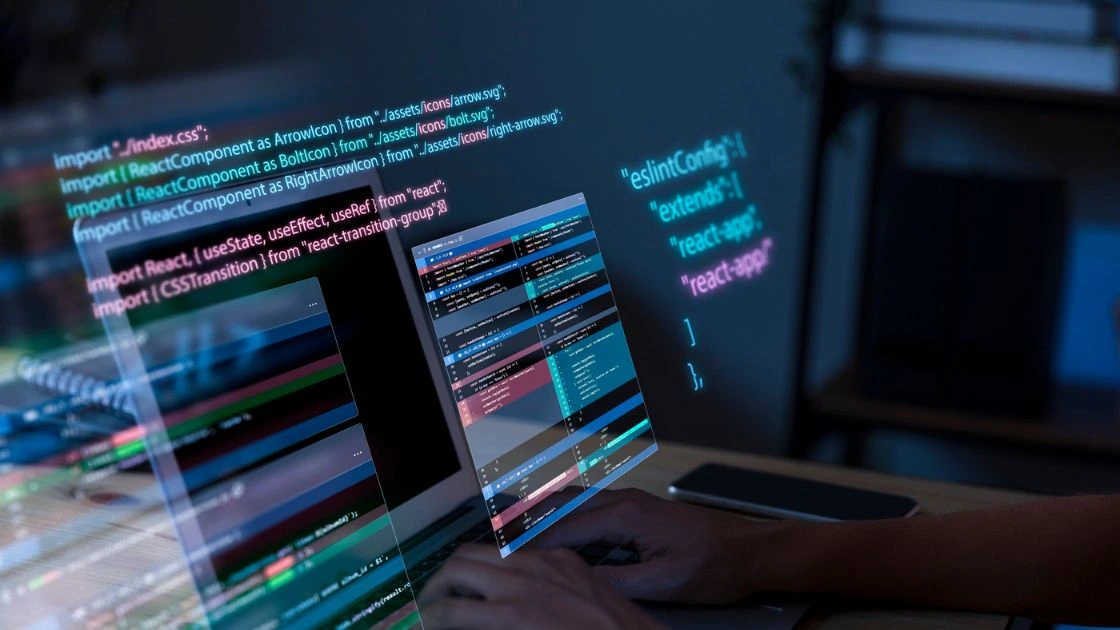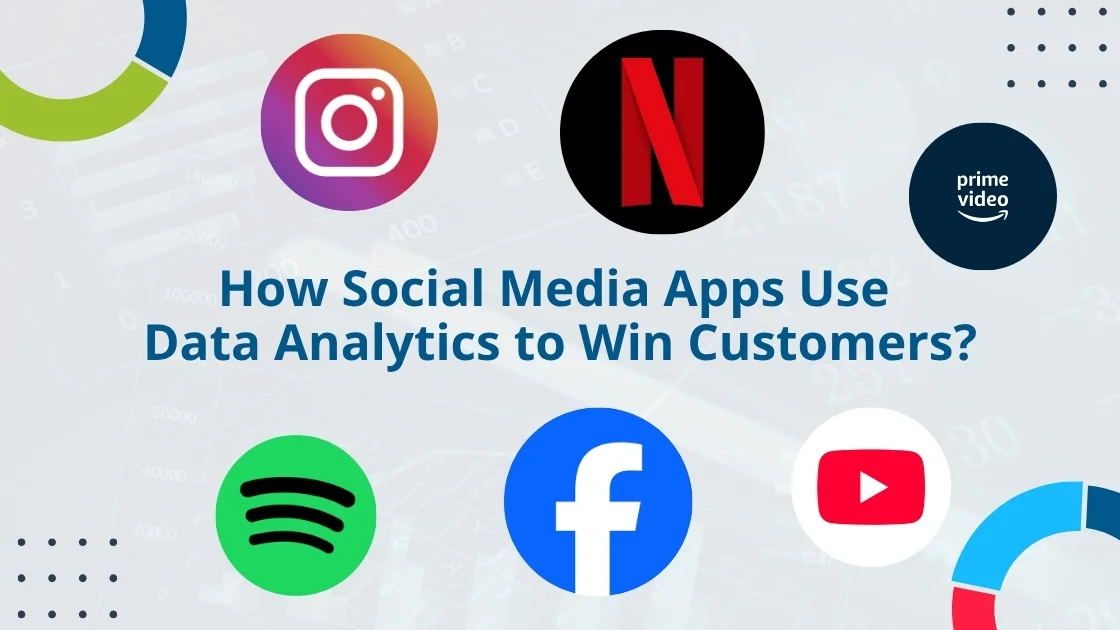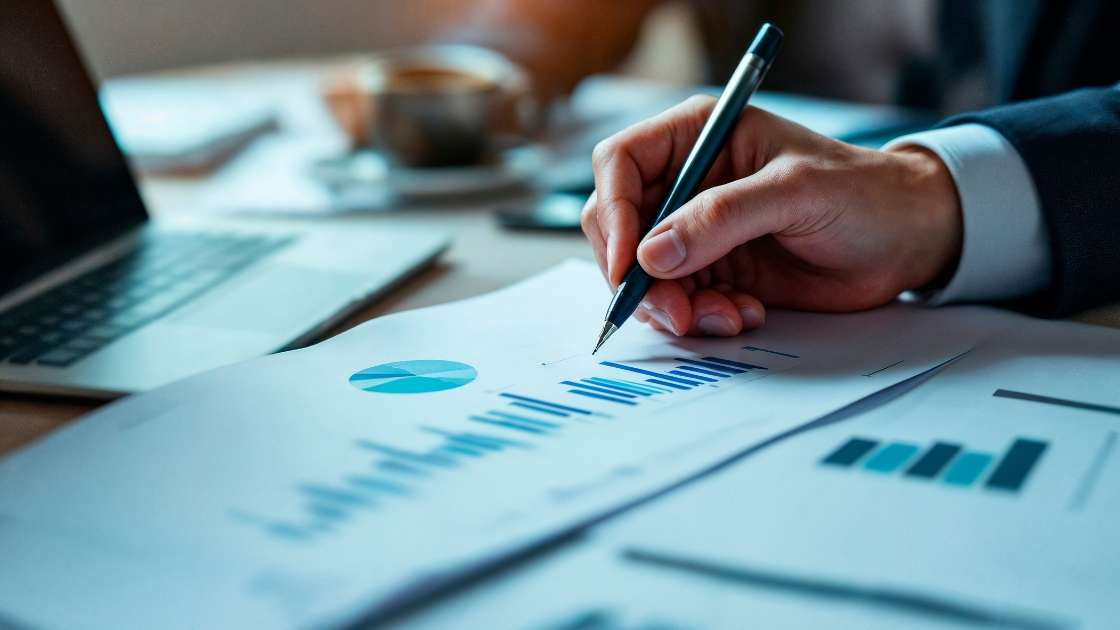In today’s data-driven world, the demand for skilled data scientists has skyrocketed. Every organization—from startups to Fortune 500 companies—relies on data to make informed business decisions. Data scientists, who extract valuable insights from massive datasets, are at the core of this revolution. However, becoming an effective data scientist requires more than just analytical skills; it demands mastery of essential tools and technologies that streamline the data analysis process. In this blog, we will explore some of the most important tools every aspiring data scientist should learn, including Python, Pandas, NumPy, Tableau, and Power BI.
1. Python: The Foundation of Data Science
Python is undeniably the most popular programming language in data science. Its simplicity, versatility, and vast ecosystem of libraries make it a must-learn tool for anyone aspiring to enter the field. Unlike other programming languages, Python has a clean syntax that is easy to learn even for beginners, making it ideal for data manipulation, analysis, and visualization.
One of the main reasons Python is so widely used in data science is its extensive library support. Libraries like Pandas, NumPy, Matplotlib, Scikit-learn, and TensorFlow provide ready-made functions and modules for data analysis, statistical modeling, and machine learning. Whether it’s cleaning a dataset, building a predictive model, or visualizing results, Python has tools for every stage of the data science workflow.
Another advantage of Python is its integration with other technologies. It can easily connect with databases, APIs, and cloud-based systems, allowing data scientists to handle real-world projects efficiently. In short, Python forms the backbone of modern data science and should be the first language any aspiring data scientist masters.
2. Pandas: The Data Manipulation Powerhouse
Once you have a grasp of Python, the next step is learning Pandas, a library designed specifically for data manipulation and analysis. Pandas simplifies working with structured data through its core data structures—DataFrame and Series. These structures allow you to easily filter, clean, and transform datasets, much like working with Excel spreadsheets, but far more efficiently.
For example, Pandas makes it easy to handle missing values, merge multiple datasets, and perform aggregations using simple commands. With Pandas, tasks like grouping data, reshaping tables, and calculating summary statistics become effortless. Its ability to handle millions of rows of data efficiently makes it one of the most indispensable tools in a data scientist’s toolkit.
Pandas is also seamlessly integrated with other Python libraries such as NumPy, Matplotlib, and Scikit-learn, allowing you to move fluidly between data cleaning, visualization, and machine learning. Simply put, if data is the raw material of your analysis, Pandas is the machinery that refines it into usable insights.
3. NumPy: The Backbone of Numerical Computing
If Pandas is the go-to library for data manipulation, NumPy is the foundation for numerical and scientific computing in Python. Short for “Numerical Python,” NumPy provides high-performance multidimensional arrays and a wide range of mathematical functions to operate on them. It is essential for handling large datasets efficiently and performing numerical computations that would otherwise be slow in standard Python.
NumPy’s array-based data structures are much faster and more memory-efficient than traditional Python lists. This makes it ideal for linear algebra, statistical analysis, and complex mathematical modeling. In fact, many other data science libraries, including Pandas, SciPy, and Scikit-learn, are built on top of NumPy.
Another powerful feature of NumPy is its broadcasting capability, which allows operations between arrays of different shapes without explicit loops. This significantly simplifies code and enhances performance. For any aspiring data scientist, understanding NumPy is fundamental, as it provides the computational backbone for all advanced analytical operations in Python.
4. Tableau: Visualizing Data with Impact
After analyzing data, the next step is to communicate findings effectively—and that’s where Tableau comes in. Tableau is one of the most popular data visualization tools used by data scientists and business analysts alike. It helps transform raw data into interactive, visually appealing dashboards and charts that tell a story.
Tableau allows users to connect to various data sources—from Excel sheets and SQL databases to cloud-based systems—and visualize trends, correlations, and patterns effortlessly. What makes Tableau so powerful is its drag-and-drop interface, which allows even non-programmers to create complex visualizations in minutes.
Data scientists use Tableau to share insights with stakeholders through interactive dashboards that make data interpretation easier. It supports real-time analytics, which is especially useful for businesses monitoring live data streams. Whether you’re analyzing customer behavior, tracking sales performance, or monitoring social media engagement, Tableau enables you to present your findings in a way that drives decision-making.
5. Power BI: Microsoft’s Business Intelligence Gem
Similar to Tableau, Power BI is a robust data visualization and business intelligence tool developed by Microsoft. It integrates seamlessly with other Microsoft products, such as Excel and Azure, making it an excellent choice for enterprises using Microsoft’s ecosystem.
Power BI allows you to connect, clean, and visualize data from multiple sources with ease. One of its biggest advantages is its Power Query Editor, which helps transform and shape data without needing deep technical skills. Power BI also provides AI-powered insights, natural language querying, and real-time data dashboards, which make it stand out in the field of business analytics.
For aspiring data scientists, Power BI is a valuable skill because many organizations prefer it for their reporting and analytics needs. Understanding Power BI helps bridge the gap between technical analysis and business communication—an essential skill for anyone aiming to make an impact in the corporate world.
6. Other Essential Tools to Explore
While Python, Pandas, NumPy, Tableau, and Power BI are must-learn tools, a data scientist’s toolkit is vast and ever-growing. Some additional tools worth exploring include:
- Jupyter Notebook: An open-source platform that allows you to write, test, and share code interactively. It’s ideal for documenting your workflow and visualizing outputs inline.
- Matplotlib and Seaborn: Visualization libraries in Python that help create static, animated, and interactive charts.
- Scikit-learn: A machine learning library for building predictive models like regression, classification, and clustering.
- SQL: Essential for querying databases and retrieving structured data.
- Google Colab: A cloud-based environment for writing and executing Python code without local installation.
Each of these tools enhances your ability to manage, analyze, and visualize data effectively.
Conclusion
Data science is a field where continuous learning is key, and mastering the right tools can set you apart from the competition. Python provides the foundation, Pandas and NumPy handle the heavy lifting of data manipulation and computation, while Tableau and Power BI help you visualize insights and tell compelling stories with data.
If you are an aspiring data scientist, focus on building your proficiency in these tools while understanding their practical applications in real-world projects. The more comfortable you become with these technologies, the more confident you’ll be in turning data into decisions—and that’s the ultimate goal of every data scientist.

